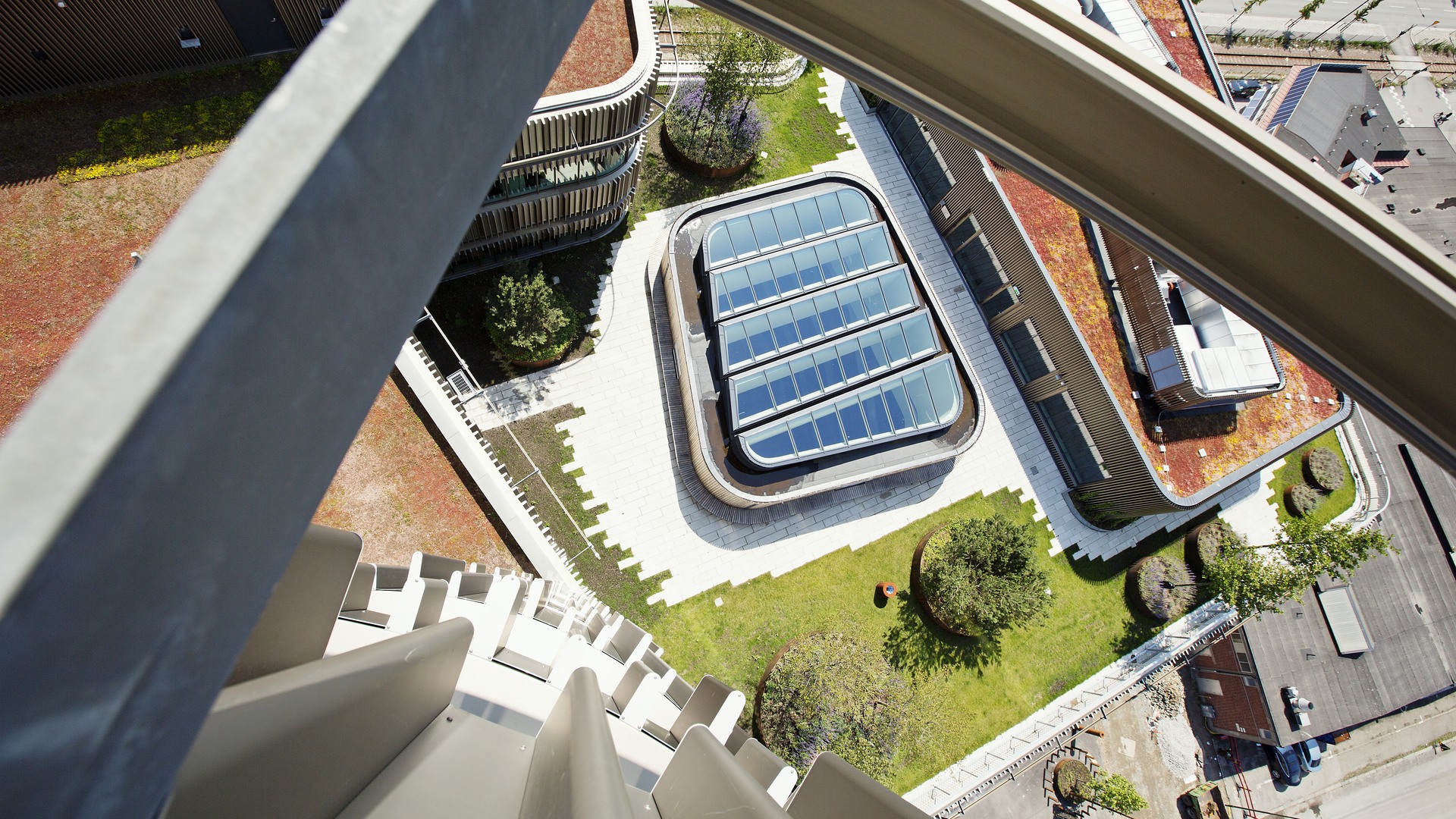EduSinglePage
This course is offered as part of programme:
Course content
The course aims to deepen the students' knowledge of climate-neutral design with support in previously acquired skills in digital manufacturing. The course focuses on energy and climate modelling and simulation.
The course is a group-based design project where students design a climate-neutral sub-area within a built-up area using digital tools. The course introduces the students to goal-oriented design using methods for experimental design and assessment. The students will learn how to visualize climate data by testing an experimental prototype. The project will introduce students to building simulation and energy climate modelling software at both the construction and city levels. The course supports the students in developing integrated understandings that connect 3D manufacturing, building performance and assessment. Students select the scale of implementation depending on the context selected for the project. They will gain insight into the relationship between time and cost of construction. They will learn how to make design decisions for different materials at the construction and city level and will gain insight into do-it-yourself building methods.
Entry requirements
General entry requirements + English 6, Mathematics 2a or Mathematics 2b or Mathematics 2c, Science studies 1b or Science studies 1a1+1a2 and Civics 1b or Civics 1a1 +1a2. The eligibility requirements in natural sciences are also met with: Chemistry 1, Physics 1a or Physics 1b1 + 1b2. Courses from Swedish upper seconday school
In addition, approved courses in the subject areas of built environment, architecture, urban planning, construction technology or equivalent covering at least 30 credits are required.
Course literature
Current literature list is available in the syllabus for the course
Course evaluation
Malmö University provides students who participate in, or who have completed a course, with the opportunity to express their opinions and describe their experiences of the course by completing a course evaluation administered by the University. The University will compile and summarise the results of course evaluations. The University will also inform participants of the results and any decisions relating to measures taken in response to the course evaluations. The results will be made available to the students (HF 1:14).


